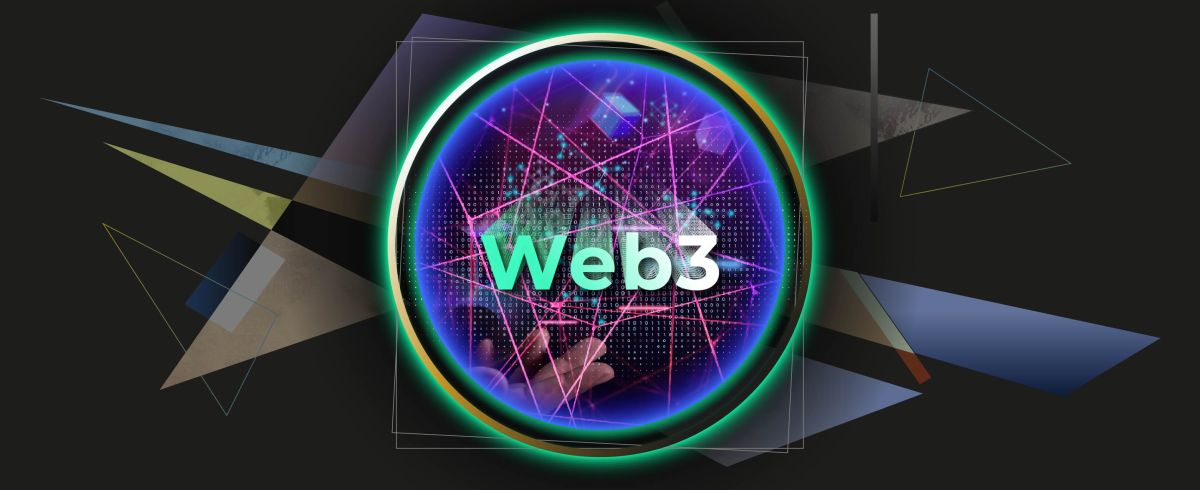What is Web3 and why is it important?

Web3 is a decentralized generation of the Internet based on blockchain technology and relies on artificial intelligence. The concept includes cryptocurrencies, DeFi, metaverses, DAO, dApp (decentralized apps), NFT, Internet of things (IoT).
On this page
Web3 democratizes the Internet and wants to provide a more fair and transparent network.
The concept is not completed, so there is no well-established definition to clarify the framework of the third stage of Internet development.
The term “Web3” was first introduced by Gavin Wood, the co-founder of Ethereum and the founder of the Polkadot blockchain, in 2014. He also created the Web3 Foundation, which aims to build a decentralized and open internet where users are in control of their own data.
In addition to cryptography, the idea of Web 3.0 is closely related to the use of the Semantic Web, Artificial Intelligence and Machine Learning to categorize, store and present information. This involves improving the World Wide Web to the point where it understands what specific data means. Thus, human interaction with the Internet should become better and more personalized.
Web 3.0 comes with completely revolutionary changes. One of them is the transition from 2D graphics to more realistic 3D animation used on websites,online ads and games, as well as the emergence of metaverses, virtual reality, and modern art in the NFT format.
There are crypto wallets on Web3, used for interacting with blockchains and carrying out transactions.
Web2 vs Web3
Web 2.0 is the current version of the web. It is characterized by interactivity (user interaction with content), simplified building of websites with various online constructors, creation of graphics with the help of editors. This version was marked by the emergence of social networks, hosting services, SMM and SEO, the development of Internet marketing, graphic and animation design, and online games. There was too much information, and in order to filter it, search resources had to improve their algorithms and develop rules for creating websites.
However, a downside of Web2 is centralization. Tech giants like Meta, Amazon, Google collect a massive chunk of user data in order to sell it to advertisers. Social media dictate their own rules and can block content that does not comply with the website’s terms. In general, all data of various websites is stored on centralized servers that are owned by a separate company. Web3 seeks to solve this problem through implementing into the Internet space cryptocurrency, open-source blockchain and products based on these technologies.
Evolution of the Internet: from Web1 to Web3. Source: Insider.
Web 3.0 architecture is completely different from Web 2.0 architecture, but they have one thing in common – programming language, that is used to create the design (front-end) of websites and apps. HTML, CSS, JavaScript will be as fundamental to Web3 as they are to Web2.
The server side (Back-end) of Web3 is characterized by the use of smart contracts, while the most common programming languages on Web 2 include Python, Node.js etc.
Front-end and Back-end Web3. Source: Preethi Kasireddy
Is Web3 the future of the Internet?
Web 3.0 aims to provide Internet users with a more useful and technological way to interact with the World Wide Web: beyond social networks, streaming and online shopping. User experience is improved and expanded with the elements of Web3 such as blockchain, cryptocurrencies, semantic web, AI.
The main principle of Web 3.0 is decentralization, which allows you to control personal data and protect it from third parties. This limits the ability to use an individual's information without their consent.
However, along with the many advantages of Web3.0 come legal and regulatory risks. Fraud, hacks, hacker attacks are the negative side of the new Internet space. You may say that the same can happen in Web2, but it is much more difficult to bring the perpetrators to justice in a decentralized ecosystem than in centralized.
The content on The Coinomist is for informational purposes only and should not be interpreted as financial advice. While we strive to provide accurate and up-to-date information, we do not guarantee the accuracy, completeness, or reliability of any content. Neither we accept liability for any errors or omissions in the information provided or for any financial losses incurred as a result of relying on this information. Actions based on this content are at your own risk. Always do your own research and consult a professional. See our Terms, Privacy Policy, and Disclaimers for more details.



























